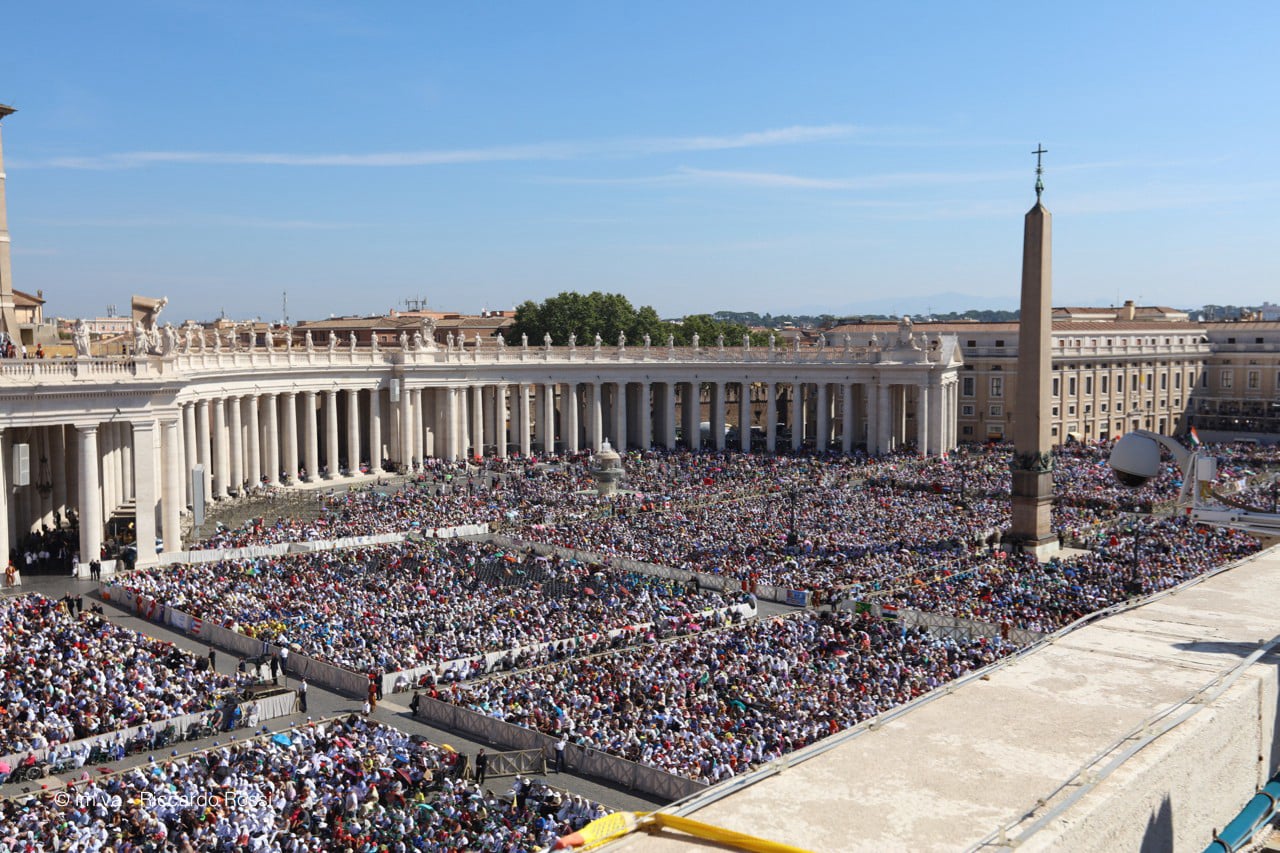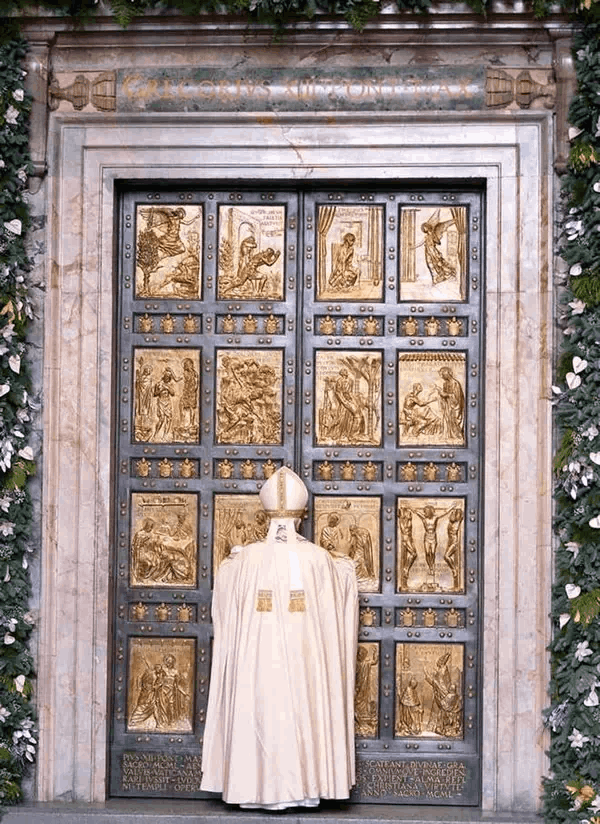The Jubilee Prayer
Father in heaven,
may the faith you have given us
in your son, Jesus Christ, our brother,
and the flame of charity enkindled
in our hearts by the Holy Spirit,
reawaken in us the blessed hope
for the coming of your Kingdom.
May your grace transform us
into tireless cultivators of the seeds of the Gospel.
May those seeds transform from within both humanity and the whole cosmos
in the sure expectation
of a new heaven and a new earth,
when, with the powers of Evil vanquished,
your glory will shine eternally.
May the grace of the Jubilee
reawaken in us, Pilgrims of Hope,
a yearning for the treasures of heaven.
May that same grace spread
the joy and peace of our Redeemer
throughout the earth.
To you our God, eternally blessed,
be glory and praise for ever.
Amen

